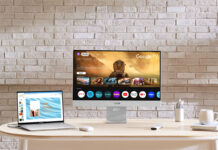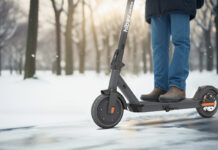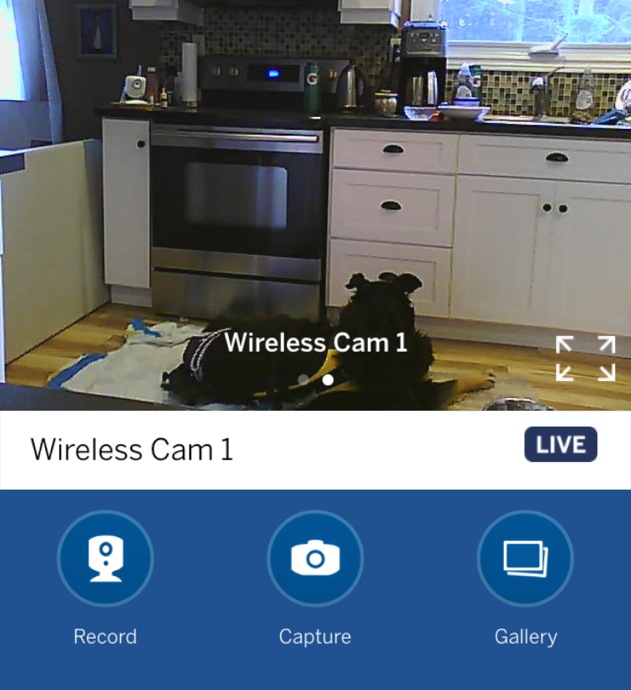
Erin recently wrote a post where she outlined five of the top reasons for using home monitoring and surveillance equipment. I’d like to throw another real-life example into the mix and it’s one of those situations where you don’t realize just how valuable this gear can be until you need it. In my case, it’s using IP cameras to keep a close eye on one of our dogs, who was badly hurt after being hit by a car. Having these cameras has helped to normalize life in a situation that turned our household upside down.
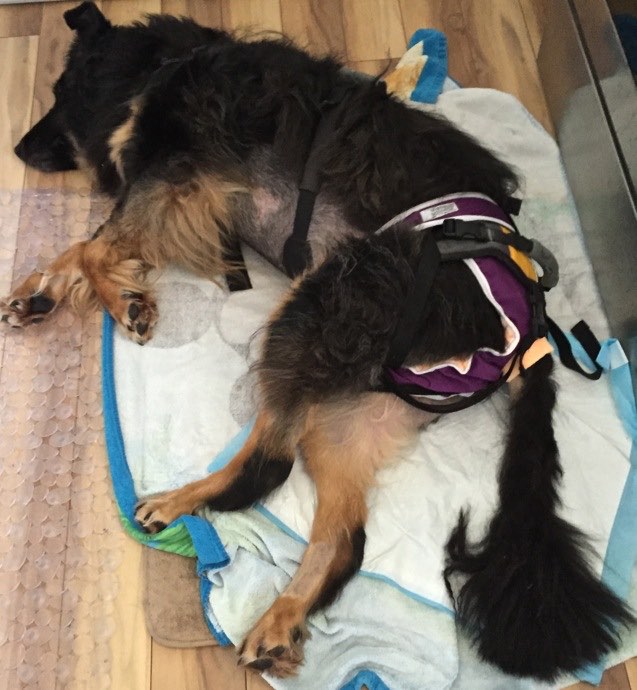 The Situation
The Situation
An intruder—it could have been a meter reader, or possibly someone checking out yards for an easy to grab BBQ—opened our back gate one night and left it ajar. When our dogs went out first thing the next morning, they discovered the open gate, decided to go exploring and before the escape registered, one of them had been hit by a car.
Ellie was at the emergency animal hospital for a week, underwent surgery for a lacerated liver, suffered bruising of her heart and lungs and fractured a vertebrae. It was touch and go for a few days but she made it and is now home, beginning a long recovery. That’s when the reality of caring for a partially paralyzed, incontinent dog who needs to be kept still for several weeks kicked in …
IP Cameras Have Made a Huge Difference
We are extremely fortunate that I work from home. That made taking care of an injured dog who needed hourly care possible. However, Ellie has to be kept on the main floor of the house to avoid stairs. My office is in the basement. I can get away with doing some work upstairs using a laptop, but many of my tasks are research-intensive and require having dozens of windows open. Without a big monitor, I struggle to get anything done. Lugging all my gear upstairs would make the dining room table virtually unusable and the other dog (and the kids) would be tripping over a rats nest of wires and extension cords.
Solution? I have two IP security cameras as part of my home security network. Normally they’re positioned to trigger if one of the entrance sensors is tripped, but I repurposed them to live stream Ellie (the stream is locked down).
With cameras streaming her in real time, from multiple angles, I was able to return to a semblance of a normal work day once we were through the first few days and starting to get the hang of things. I keep a window open on my computer and if she’s showing any sign of distress, I can be there to deal with the situation.
The wireless cameras (well, wireless except for the power cord) are fairly inobtrusive, so it doesn’t look as though we’re living in a high secuity prison. They’re also easy to unplug and move to a different room as needed.
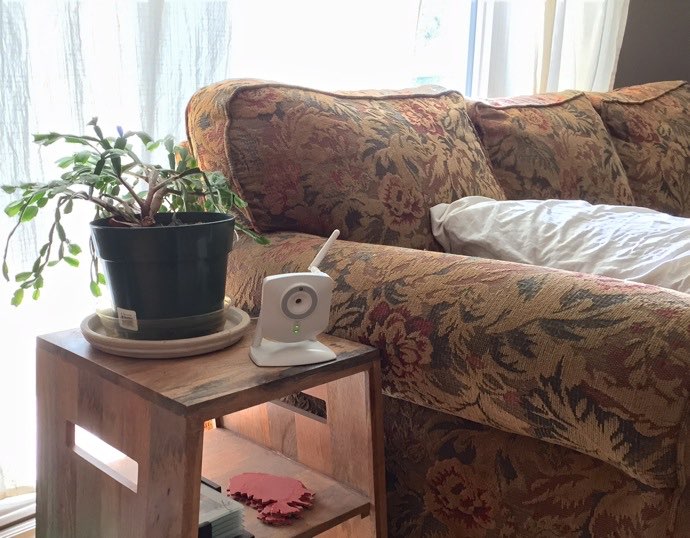
IP Cameras = Remote Monitoring
As Ellie has progressed in her treatment and recovery, another aspect of IP camera technology has proven extremely useful. We are able to secure her in a “safe room” that’s closed off so she can’t fall down any stairs. With the two cameras covering the room from all angles, my wife and I can then leave for errands when needed, checking in on the dog in real time, from anywhere, using our smartphones.
During the more intensive first days when she had to be watched at all times, that remote access made it possible for me to take breaks. My wife could watch Ellie from work and sound the alarm if there was an emergency situation.
Recording Capability Helps the Vets
Trying to describe progress to the veterinarians treating Ellie is tough, especially when dealing with a spinal injury. Did she really wag her tail, or was it just randomly twitching? I’m not qualified to tell and of course the patient never actually repeats an action where the vet can witness it.
However, with a touch of a button on my PC or a smartphone, we can snap photos and capture video footage from the IP cameras that can be saved and shared with the vet. We don’t have to step into the room and use a camera or smartphone (something that takes time and would likely result in her immediately stopping the activity). Having this digital evidence available cuts down on the guesswork significantly.
Having an injured dog that requires monitoring is a pretty specific scenario, but it does go to show just how useful this technology can be, and often in ways you don’t anticipate upfront. From my perspective, it’s helped to make the case for using these devices for monitoring pets in general. For example, while keeping a remote eye on Ellie, we’ve caught Aspen (our other dog) lounging on a couch that he’s not allowed on and is always careful to stay away from when we’re around. If I were equipping our home from scratch for this purpose, I’d probably consider something like the Piper nv All-in-One Wireless Security System. It would be a definite improvement on my current setup, with its night vision capability, tilt, pan and zoom controls, real-time motion alerts and two-way communication.
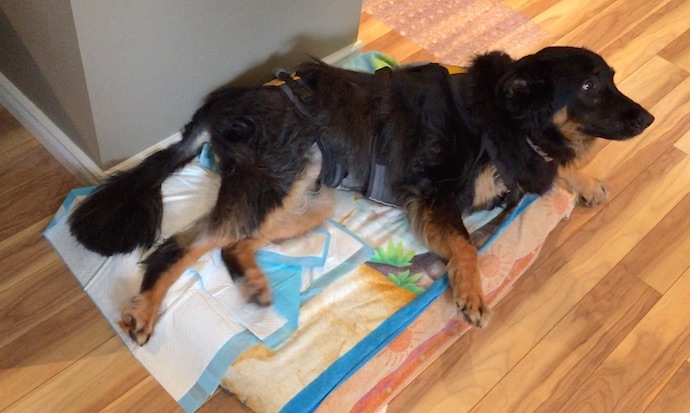
That being said, my next home security purchase is more likely to be a sensor and outdoor camera for that back gate …

